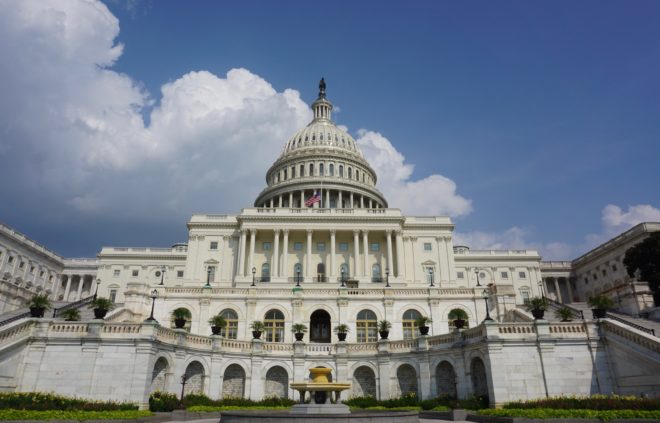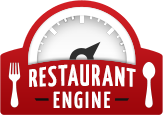The $120 Billion Restaurants Act of 2020 Cannot Solve Restaurateurs’ $200 Billion Problem

Congress is actively advancing the Restaurants Act of 2020 which could add $120 billion in funds to stabilize the restaurant industry. Even if it is signed into law, however, there are some critical mathematics below regarding the food service industry that will be well worth the reader’s attention.
There are over one million eating and drinking businesses in the U.S., of which 658,000 are restaurants and bars, of which 500,000 are independently owned, of which 25% to 80% could close by the end of this year if no additional stimulus packages are passed by Congress. Indeed, the National Bureau of Economic Research predicts that a staggering 85% of restaurants will close if the COVID-19 pandemic lasts six months.
The restaurant industry will generate an estimated $899 billion in revenue this year. Before the coronavirus, there were approximately 15 million U.S. restaurant and foodservice workers, of which drinking and eating places employed 12 million laborers. The U.S. labor force totals 159 million people, meaning that the food service industry employs roughly one in ten U.S. workers.
During the trough of the crisis, two in three workers had stopped working. As of the end of April, estimates for job suspensions ranged from 5.9 million to 8 million, including at least 4.5 million job losses from independent restaurants. No matter which estimate is used, restaurant workers experienced the most job losses of any domestic industry — nearly double the job losses of the next most affected industry.
Besides the general round of $1,200 Economic Impact Payments distributed to all U.S. citizens, the main stimulus package for the restaurant industry was the Paycheck Protection Program (PPP). This program came in the form of a forgivable loan intended to directly incentivize employers with cash for substantially maintaining their pre-coronavirus payroll. Employers who used their PPP loan to maintain payroll for two months are able to apply for loan forgiveness, converting the loan to a cash grant that does not need to be repaid. There were two rounds of PPP that were signed into law totaling $659 billion the benefit of all industries, of which the Small Business Administration (SBA) has disbursed $515 billion.
There were three problems with the PPP. First, the requirement for maintaining at least 75% of pre-coronavirus payroll proved difficult for many restaurant owners who had suspended operations entirely. Second, the time period for utilizing the PPP loan was initially just eight weeks. Congress resolved these two issues with the PPP Flexibility Act, lowering the 75% threshold to 60% and extending the repayment window from eight to 24 weeks.
The third and final problem with PPP was that a surprisingly small number of restaurants applied for PPP loans. As of June 20, the SBA had approved a mere 8% of PPP loans for businesses self-identifying under the NAICS code for Accommodation and Food Services, which also includes hotels. Recall from above that the food service industry employs roughly 10% of the U.S. workforce. Even if every business mislabeled to the NAICS code for Other Services were also a restaurant, that would add only 6% to that total. Assuming half of both groups are restaurants, that means that only 7% of PPP funds have been disbursed to restaurants, despite restaurants employing 10% of the U.S. workforce.
Matters get even worse when calculating the final dollar amounts.
- If 7% of PPP funds have been disbursed to restaurants, then 7% of $515 billion equals $36 billion.
- Due to COVID-19, lost revenue due to the coronavirus for the U.S restaurant industry totals $120 billion of revenues just between March and May, according to a definitive National Restaurant Association survey of 3,800 restaurant operators.
- Analysts estimate restaurants to generate a disappointing total revenue generation for 2020 of $899 billion versus the $1.13 trillion that could have been generated in the absence of the pandemic. Again, the restaurant industry’s lost revenues for the full year are expected to total $240 billion.
Here we arrive at the final problem. $240 billion of lost revenue minus $36 billion of PPP stimulus equals over $200 billion of permanently lost revenue.
This is why up to 85% of restaurants could close this year. Math explains why the $120 billion Restaurants Act of 2020 will help, but falls short of solving, restaurateurs’ $200 billion problem.
Restaurateurs who have not applied for COVID-19 relief from the SBA, including the PPP, can contact lenders in their area which are listed the government’s official website.


Shocking numbers. Hopefully gov’t will step up and help.